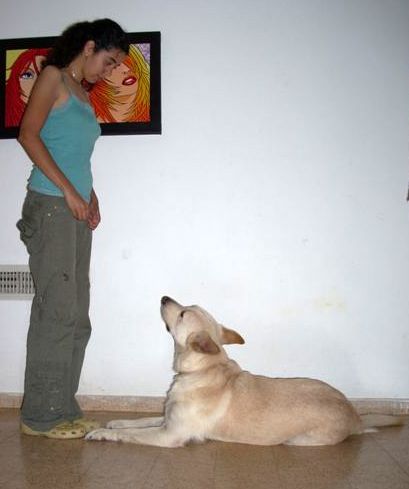Key Difference – Associative vs Non-Associative Learning
- Associative learning refers to a variety of learning in which ideas and experiences are connected, while non-associative learning is another variety of learning in which an association between stimuli does not take place.
- The process of associative learning takes place through two types of conditioning: Classical conditioning and Operant conditioning.
- There are two types of non-associative learning: Habituation and Sensitization.
Associative and non-associative learning are two distinct types of learning that can be differentiated based on whether or not stimuli are linked. Associative learning involves connecting ideas and experiences, while non-associative learning does not involve an association between stimuli.
What is Associative Learning?
Associative learning is a type of learning in which ideas and experiences are connected. The human brain is organized in such a way that recalling a single piece of information in isolation is often difficult because it is connected to other types of information. The theory of associative learning emphasizes this connection or link between ideas.
Associative learning occurs when we learn something with the assistance of a new stimulus. This is where the theory of conditioning comes into play. Conditioning is a process through which psychologists demonstrate how human behavior can be altered or how new patterns of behavior can be created in an individual. Associative learning takes place through two types of conditioning: Classical conditioning and Operant conditioning.
Classical conditioning is a technique introduced by Ivan Pavlov, who conducted an experiment using a dog. In this experiment, Pavlov was able to condition a natural response to a stimulus by creating a conditioned response from a conditioned stimulus. Operant conditioning, on the other hand, is a method developed by B.F. Skinner that uses rewards and punishments to train new behavior. Through associative learning, new behavior is promoted based on a new stimulus.
What is Non-Associative Learning?
Non-associative learning is a type of learning that does not involve an association between stimuli. In other words, the behavior and stimulus are not paired or linked together. This form of learning is quite common in animals and can be classified into two types: Habituation and Sensitization.
Habituation is when the responsiveness of an organism to a repeatedly exposed stimulus decreases, meaning that a person or animal reacts less and less to something due to exposure. Sensitization, in contrast, is when the responsiveness of an organism to a repeatedly exposed stimulus increases, causing the person or animal to react more each time they are exposed to the stimulus.
What is the difference between Associative and Non-Associative Learning?
Definitions of Associative and Non-Associative Learning:
Associative Learning: Associative learning refers to a variety of learning in which ideas and experiences are connected.
Non-Associative Learning: Non-associative learning is another variety of learning in which an association between stimuli does not take place.
Characteristics of Associative and Non-Associative Learning:
Linking:
Associative Learning: Linking takes place between behavior and new stimulus.
Non-Associative Learning: Linking does not take place.
Types:
Associative Learning: Classical and Operant conditioning can be considered as types of associative learning.
Non-Associative Learning: Habituation and Sensitization can be considered as types of non-associative learning.
